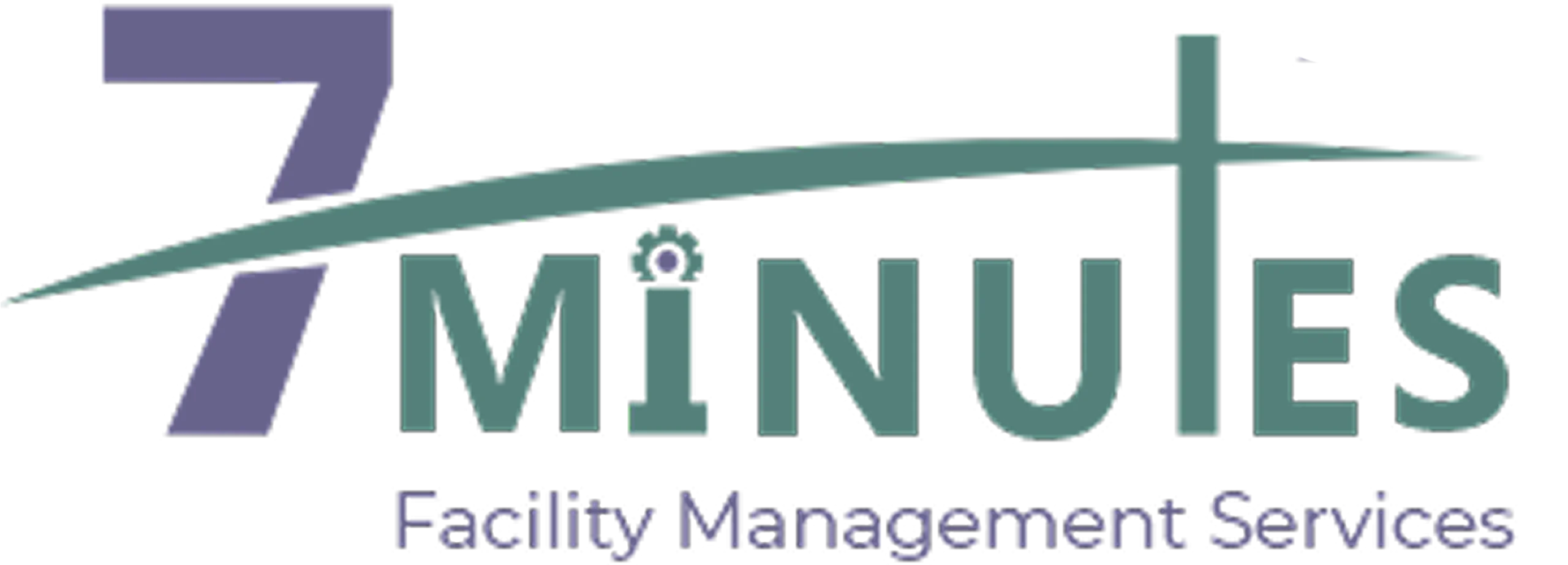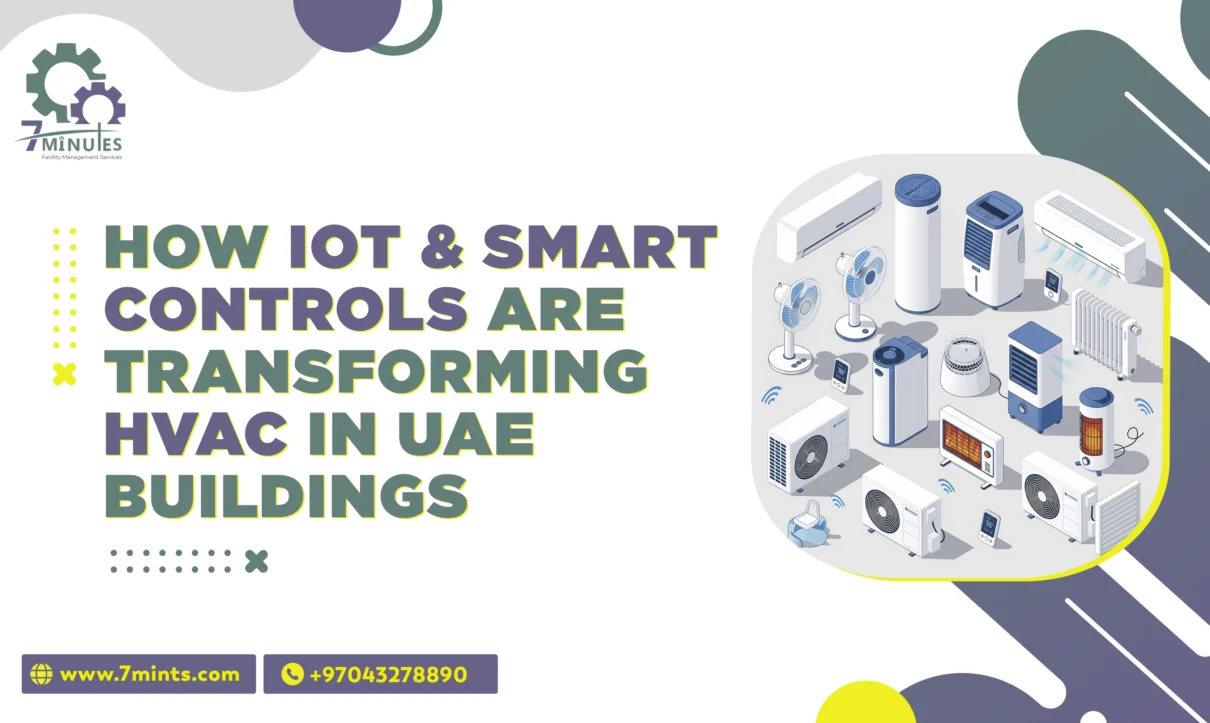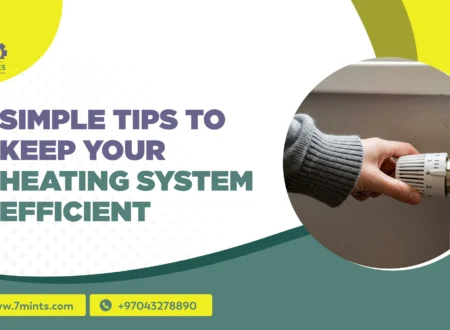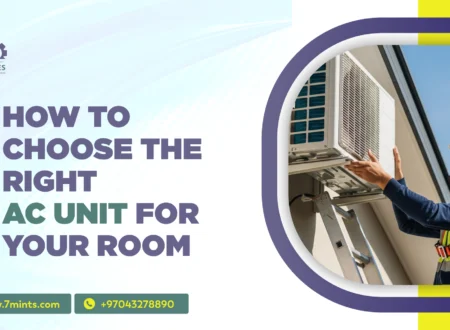One of the necessities for buildings certainly would be air conditioning, considering the ultra-high temperatures faced in the UAE and the presence of ultra-modern skyscrapers. Technological changes, especially IoT and smart controls, are setting a transformation at the very core of how the HVAC system operates inside buildings across the Nation. These changes offer higher comfort levels, energy efficiency, and environmental friendliness to buildings. In this blog, we will discuss the HVAC changes brought forth by IoT and smart control systems within buildings in the UAE and the implications for building owners, managers, and occupiers alike.
What Is IoT and How Does It Relate to HVAC?
Smart Sensors and Real-Time Monitoring
An IoT-related sensor can measure temperature, humidity, air quality, and occupancy on a real-time basis. The data symbolizes a valuable input to a higher-level system, which automatically controls the HVAC system settings to achieve comfort and efficiency. For example, if no one is in real time, the HVAC system will reduce the cooling in that particular zone, thus saving energy. Real-time monitoring optimizes indoor conditions while avoiding wastage.
Remote Access and Control
Having IoT enables the facility manager to have full control over the HVAC system from any location using a smartphone or computer. The remote system hopefully serves greatly to save time for any high-rise building owner or multiple-property owner and avoid the trouble of having to go sit on-site for power plants.
Predictive Maintenance
IoT devices continuously monitor and collect data about the statuses of HVAC equipment. Predictive maintenance helps prevent unexpected downtime, extends the useful life of the equipment, and lowers repair costs since it entails raised awareness regarding the shortcomings.
Smart control systems for building HVACs in the UAE also have these advantages:
Energy Efficiency and Cost Savings
Using data-smart controls, modify HVAC settings according to the presence of people in the actual building and ensure energy use only when and where it is needed, such as reducing cooling in unoccupied areas or during off-peak days. This targeted strategy translates into huge savings on energy bills, which is highly important in the hot climatic conditions of the UAE, where the cooling cost itself is high.
Increased Comfort and Clean Air
By keeping a record of the temperature, humidity, and air quality, the smart controls maintain an environment that is always comfortable. These controls can adjust airflow and filtration to eliminate dust and allergens, which is quite useful in the UAE because of the sand and dust storms. This, in turn, helps to make healthier and more pleasant indoor environments for everyone.
Less Environmental Impact
When you use less power, your building contributes less carbon to the atmosphere and thus supports the sustainability goal. Many UAE cities promote green building codes, and smart HVACs would help in the compliance with these prescriptions. Energy wastage is dismissive of the country’s idea of a clean and sustainable future.
Highlights of an IoT-enabled HVAC System
Automated Scheduling
Smart systems can learn building usage patterns and acquire scheduling for HVAC accordingly. Cooling may be started ahead of the participant’s arrival and discouraged after hours. Automated scheduling ensures comfort when needed and wastes energy when it is unnecessary, particularly in office buildings and malls with predictable occupancy patterns.
Integration with Building Management System (BMS)
Integration with other building systems to achieve coordinated control—this can work for HVAC systems with IoT, interfacing with lighting or security to allow coordinated control, such as reducing cooling when windows are opened and raising ventilation in times of crowding.
User-Friendly Dashboards
Also, hardware smart controls provide dashboards that show real-time readings, status, and alerts. Building managers will be able to assess the performance, identify the issues, and make quick adjustments with very few clicks. With minimal clicks, these easy interfaces allow users, even without any technical ability, to get to advanced features. Check out our latest blog post on
How to Prevent Ice Buildup on Your Air Conditioner
Data Analytics and Reporting
IoT systems collect oversized amounts of data on HVAC performance and building conditions. Advanced analytics can identify trends, detect inefficiencies, and suggest improvements. Detailed reports allow building owners to assess how far they are from realizing their energy and sustainability goals, thus aiding in prioritizing upgrades and justifying investments.
Challenges and Considerations
Initial Investment and ROI
Moreover, an initial investment for erecting IoT sensors and smart controls is needed, which might weigh on some building owners. However, the long-term energy and maintenance savings usually more than offset the initial cost. Calculating the expected return on investment and looking for any incentives available can ease the decision-making.
Data Protection and Privacy
As more devices are connected, cybersecurity becomes the biggest concern. Choose your vendors wisely, use a secure network, and follow every single best practice concerning data protection. Updating and training staff on a regular basis will ensure that there are no breaches in data protection and the information stays private.
Compatibility with Existing Systems
Not all older HVAC systems can be upgraded with IoT options. Building managers should take stock of their current equipment and consult experts on how to stage that transition. Phased approaches or partial upgrades can, in their own way, be the best compromise between human distractions and the way forward to smarter systems.
Training and Change Management
Staff may need to be trained if one wishes to ensure that new dashboards and features are used effectively. Change management is required for all to understand the good that comes from the new system and how to operate it. The change must be supported, openly communicated about, and clearly understood so as not to tie up potential benefits from smart controls.
The Future of HVAC
Integration with Renewable Energy
In the future, HVAC systems could be established parallel to solar panels or other sources of renewable energy, thereby minimizing cost and emissions even further. Smart controls optimize energy use by taking real-time energy supply and demand as their input; this promotes buildings to become more energy-efficient while lessening their environmental impact.
Artificial Intelligence and Machine Learning
These comprise the AI-based decisions to balance comfort with efficiency and cost while considering weather and occupant pattern changes in real time.
More Personalization
Also, as IoT devices become more advanced, occupants may want to start taking control of their own spaces. Personalized controls could leverage comfort and productivity, especially in offices or hotels where different people may have different preferences and needs.
Nationwide Standards and Incentives
Further standards, incentives, and regulations could be formulated by the government to make HVAC more genuinely attractive for smart adoption. It is all the more imperative with the legislation surrounding sustainability and efficiency.
Conclusion
Today, IoT and smart controls breathe efficiency, comfort, and sustainability into buildings in the UAE, closing the HVAC cycle. These technologies allow building owners and managers to save money, reduce their environmental impact, and provide a better occupant experience. Smart, connected, and data-driven is the future of HVAC. Would you like to upgrade your building’s HVAC system or simply inquire about smart controls? Give us a call for expert advice and tailor-made solutions!










1 Comment
Comments are closed.